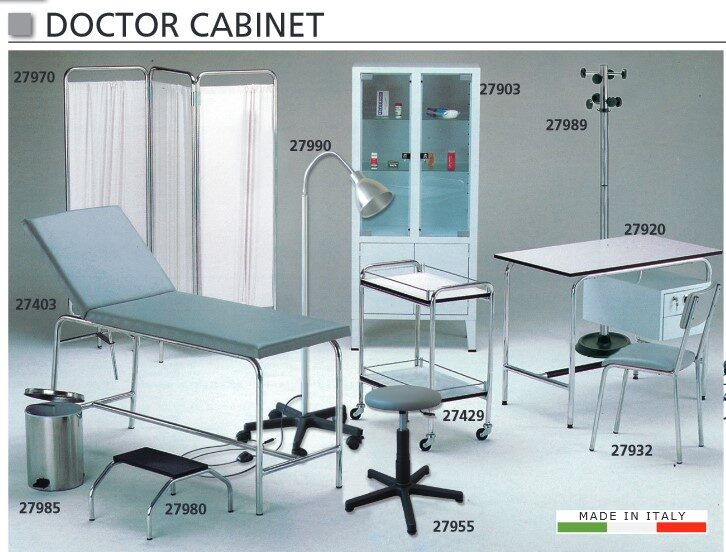SCREEN TEST H.PYLORI AG, 25 gab.
Samaksas kārtība (priekšapmaksa/pēcapmaksa): https://www.zeimans.lv/noteikumi/
Iegādājoties preces vairumā, cenas tiek atrunātas ar katru klientu atsevišķi
Cena norādīta ar PVN
Bezmaksas piegāde.
Rapid test for the qualitative detection of Helicobacter pylori
(H.pylori) antigens in human feces. For professional in vitro diagnostic
use only. The rapid test for H. pylori antigen (Feces) is a
chromatographic immunoassay for the qualitative identification of H.
pylori antigens. pylori in stools to aid in the diagnosis of H. pylori
infection. The H. pylori is a small coiled bacterium that lives on the
surface of the stomach and duodenum. It is involved in the etiology of
various gastrointestinal disorders, including duodenal and gastric
ulcers, non-ulcer dyspepsia and acute and chronic gastritis. Both
invasive and non-invasive methods are used to diagnose H. pylori
infection in patients with symptoms of gastrointestinal diseases. Sample
and costly invasive diagnostic methods include gastric or duodenal
biopsy followed by urease test (presumable), culture and / or
histological section. A very common approach to diagnosing H. pylori
infection is the serological identification of specific antibodies in
infected patients. The main limitation of the serological test is the
inability to distinguish between current and past infections. The
antibody can be present in the patient’s serum even long after the
eradication of the organisms. The analysis of the HpSA antigen (H.
pylori Stool Antigen) is gaining popularity in the diagnosis of H.
pylori infection and also in monitoring the effectiveness of the
treatment of H, pylori infection. Studies indicate that over 90% of
patients with duodenal ulcer and 80% of patients with gastric ulcer are
infected with H. pylori. The rapid test for H. pylori antigen (Feces) is
a rapid immunochromatographic test for the qualitative detection of H.
pylori antigens. pylori in human stool samples, which gives results
after 10 minutes. The test uses specific antibodies to H. pylori
antigens to selectively detect H. pylori antigens. pylori in human stool
samples. The rapid test for H. pylori antigen (Feces) is a qualitative
lateral scrolling immunoassay for the detection of H. pylori antigens in
human stool samples. In this test the membrane is pre-coated with
anti-H antibodies. pylori on the test line region. During the test, the
sample reacts with the particle coated with anti-H antibodies. pylori.
The compound migrates upward on the membrane by capillary action to
react with anti-H antibodies. pylori on the membrane and generates a
colored line. The presence of a colored line in the test region
indicates a positive result, while its absence indicates a negative
result. As a procedural control, a colored line always appears in the
control line region, indicating that the correct volume of sample has
been used and that the membrane has been soaked.
Pirkumu grozs
Pirkumu grozs ir tukšs.


